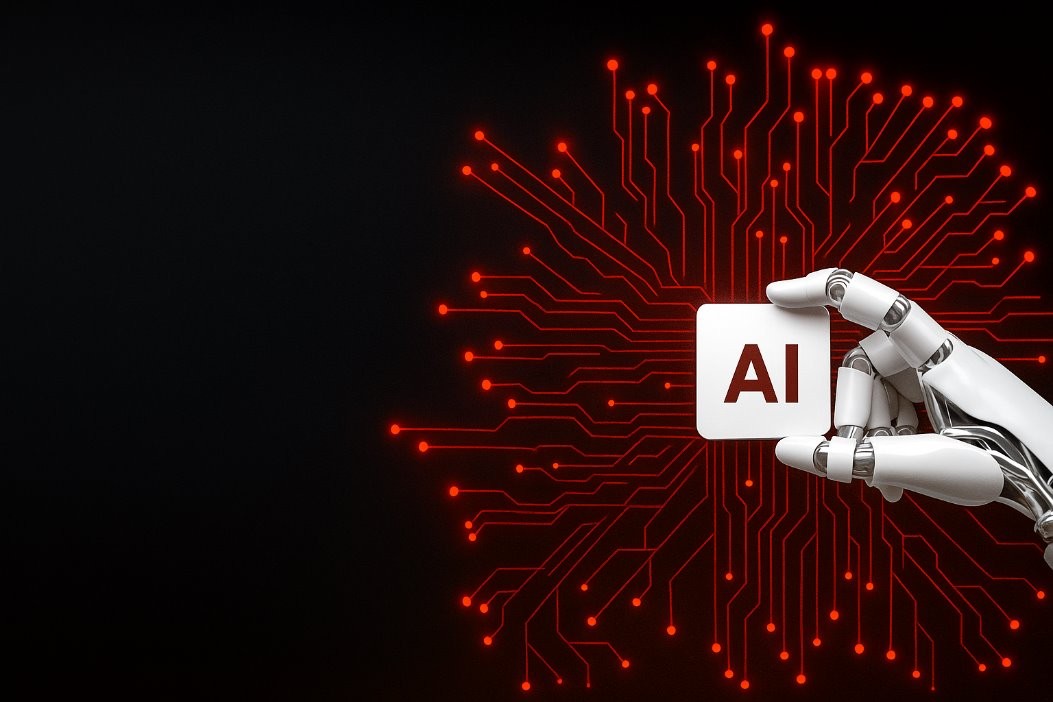Welcome to our ongoing series on Universal Design for Healthcare! In this segment, we’ll explore the importance of Visual Disabilities in Healthcare.
The healthcare sector is witnessing an evolutionary shift towards inclusivity and accessibility. At the heart of this transformation lies universal design—a principle that advocates for the creation of environments and products to be usable by all people, to the greatest extent possible, without the need for adaptation or specialized design. For individuals with visual disabilities, two critical components of this approach are braille and large print.
What is Universal Design?
Universal design (UD) in healthcare ensures that facilities, services, and information are accessible to everyone, regardless of their physical abilities. The objective is to create an inclusive experience where no one feels excluded due to their disabilities. This approach encompasses architectural designs, patient communication methods, and even the format of health information.
Braille and Large Print: The Pillars of Accessibility
Braille
Braille is a tactile writing system used by people who are visually impaired. It consists of raised dots arranged in patterns that correspond to letters and numbers. Braille enables visually impaired individuals to read and write independently, thus fostering literacy and enhancing their ability to access crucial information. In healthcare, braille is particularly important for labeling medications, signage, and patient information leaflets.
Large Print
Large print refers to text that is enlarged to a size that is readable for individuals with low vision. While the standard font size is typically between 10-12 points, large print text usually begins at 18 points or larger. This format is crucial for enhancing readability and ensuring that important health-related information is accessible to people with visual impairments.
The Importance of Braille and Large Print in Healthcare
Enhancing Patient Autonomy
Braille and large print materials empower visually impaired patients by enabling them to read and understand their health information independently. This autonomy is essential for making informed decisions about their health and treatment plans.
Improving Safety
Accurate medication management is a cornerstone of patient safety. Braille labels on medication bottles and large print instructions help prevent medication errors by ensuring that patients can correctly identify and understand their prescriptions.
Fostering Inclusivity
Implementing braille and large print in healthcare settings promotes a culture of inclusivity. It sends a strong message that the healthcare facility values and respects the needs of all patients, irrespective of their disabilities.
Legal Compliance
Many countries have regulations and laws that mandate accessibility in public services, including healthcare. Adopting braille and large print is not just a matter of best practice but also legal compliance, ensuring that healthcare providers meet the required standards for accessibility.
The Future of Universal Design in Healthcare
The integration of braille and large print in healthcare is just the beginning. As technology advances, there are numerous opportunities to further enhance accessibility. For instance, digital health platforms can incorporate screen readers, and augmented reality can offer new ways for visually impaired individuals to interact with their environment.
Universal design principles like the use of braille and large print in healthcare are essential for creating an inclusive, safe, and patient-centered environment. By embracing these practices, healthcare providers can significantly improve the quality of care and the overall experience for visually impaired patients.

